Guide to Feeding Copper-added Feed Pellets to Dairy Cows
Date: 10/16/2020 08:38:58 From: feed-pellet-plant.com Clicks:
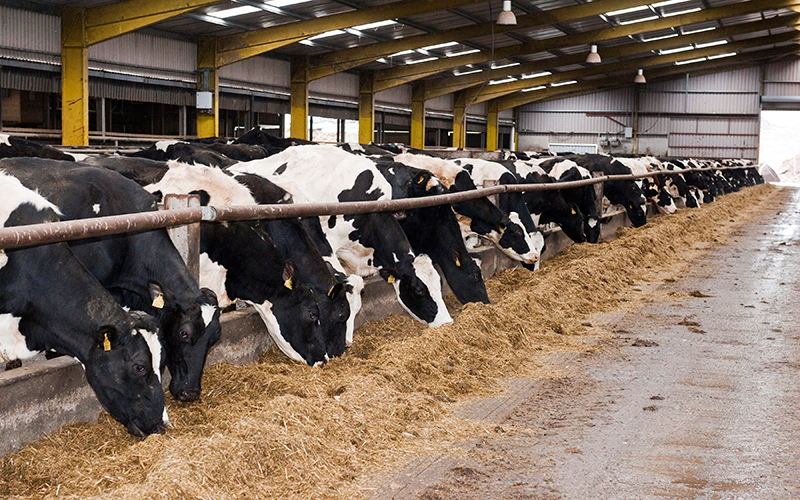
dairy cows
Why is copper so important for dairy cows?
Copper is responsible for energy generation in all ruminant tissues.
Without the generation of energy, simple biological functions such as growth, feed intake and body condition do not exist, which is why we see such severe implications of copper deficiencies.
However, despite all its biological significance, copper continues to be the most common trace element deficiency in ruminants.
Deficiency occurs when liver copper concentration levels fall below 19mg Cu/kg DM and in terms of visible clinical signs, there is often a change in coat colour due to the animal no longer being able to synthesise black pigmentation. This means black coats become red, and black wool tends to turn white – in the case of sheep.
From an economic point of view, the lack of energy generation caused by copper deficiencies can bring about infertility, reduced growth rates and decreased overall performance.
Pathologically, deficiencies can lead to problems with connective tissue and bone formation, heart function, immunity and red blood cell formation.
What causes copper deficiency?
Copper deficiencies tend to be caused by one main scenario – when a diet, forage, or feed source contains high sulphur and molybdenum concentrations.
These combine within the rumen to create thiomolybdates, which lock up copper and prevent its absorption.
Sulphur and molybdenum concentrations vary within feed types, and as they increase in concentration, the quantity of copper available to fuel ruminants decreases – which is where problems arise.
Practical recommendations for including copper in the diet
- Analyse all forage and concentrates included in the diet
- Take all feed sources into account and ensure this is considered when formulating rations
- On a farm setting, it works better for just one person to collate and handle this information to ensure there are no crossovers
What is the effect of overfeeding copper during the rearing period and first lactation, in terms of fertility and performance?
While there is often more concern about underfeeding copper, overfeeding can have similarly negative effects.
Data suggests that the copper feeding requirements of growing and lactating cattle range from 10-15mg Cu/kg DM.
While death is the ultimate consequence in extreme cases of toxicity, other issues traditionally include reduced intake and milk yield, as well as a generally unwell cow.
How common is overfeeding copper?
AHDB-funded research looked at 50 herds in central and northern England and during early lactation. Results showed 40 herds were recorded as feeding over 20mg Cu/kg DM – potentially two times the requirement – and six were noted as feeding above 40mg Cu/kg DM.
According to UK cull cow data, it’s estimated that 38% of Holstein Friesian cull cows have either toxic or high liver concentrations of copper in their liver.
Harper Adams University study, funded by AHDB Dairy
The study:
80 four-month-old heifers, split into two treatment groups – a control group, fed 15mg Cu/kg DM and a high copper group, which received 30mg Cu/kg DM.
Heifers were monitored between the ages of four months and 28 months with a specific focus on weight, body condition score, feed intake and milk yield – as well as fertility during the rearing phase.
Results:
Dietary copper concentration had no effect on heifer liveweight gain. It also showed very similar cycling times – which flipped the theories on overfeeding upside down.
When examining pregnancy rates to first and second service, the control group had a 96.9% conception rate, whereas this was down to 75% for the high copper group.
At the post-calving stage, dry matter intake was unaffected by dietary treatment, however, there was a difference in body condition score, with a greater condition loss in heifers fed the high levels of copper. Lower milk yields were also recorded.
As well as this, plasma BHB – an indicator of ketosis – was increased in the high copper group, which subsequently put them under greater metabolic stress.
Conclusion:
Overfeeding copper damages liver function, reduces conception rate and milk yield, but animals do look good and grow well.
Related Cases
1-1.2T/H Camel Bird Feed Pellet Line Export To Qatar
3-4T/H Ruminant Animal Feed Pellet Line Export To Hong Kong,China
3-5T/H Ruminant Animal Feed Pellet Line Export To Indonesia
10T/H Ruminant Feed Pellet Line Export To South Africa
The above is the article for you: Guide to Feeding Copper-added Feed Pellets to Dairy Cows. If you are interested in our products or project solutions, please contact us. We will give you the best product quality and the best price. Email: enquiry@pellet-richi.com
Related Product
Production Line Equipment
related News
- >How to Make Cattle Feed Pellets? Is It Good for Cattle to Eat Feed
- >The Feed Pellet Machine Makes Corn Stalks Into Cattle and Sheep Fe
- >How to Make Caragana Korshinskii Into Cattle and Sheep Feed Pellet
- >What Is the Effect of Caragana Korshinskii Feed Pellets on Cattle,
- >The Function of Modulator in the Processing of Cattle and Sheep Fe
- >Production and Processing Technology of Cattle and Sheep Straw Fee
- >Investment Benefit Analysis of Cattle and Sheep Feed Pellets Produ
- >The Role of Alfalfa in the Production Line of Cattle Feed Pellets
- >Cattle and Sheep Feed Pellet Machine: Can Corn Stalks Be Made Into
- >10-12 T/H Poultry Feed Pellet Machine-how to Make Chicken Feed Pel
Here you can submit any questions and we will get back to you as soon as possible. We will not disclose the information you submit to anyone, please rest assured.
Copyright© 2022 Richi Machinery. All rights reserved. Site Map


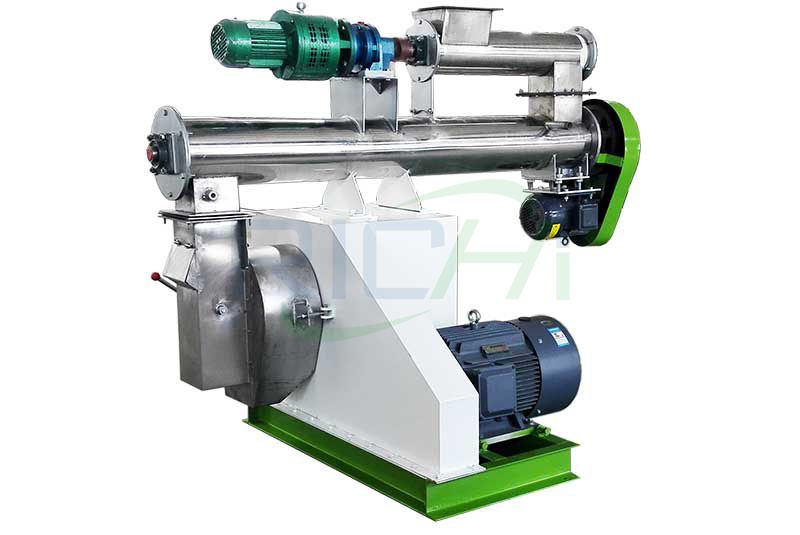
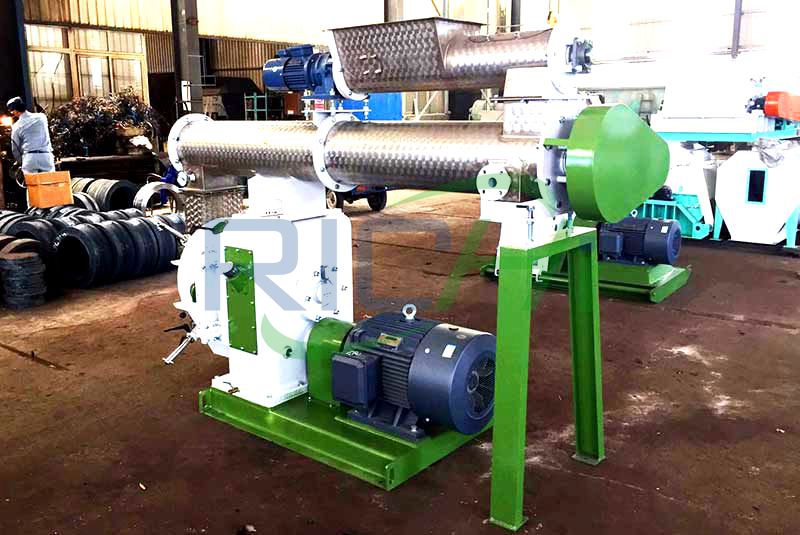
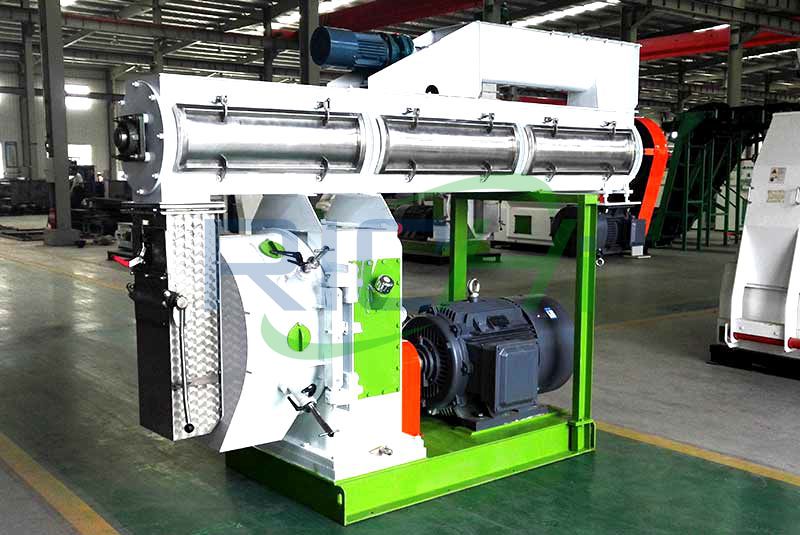
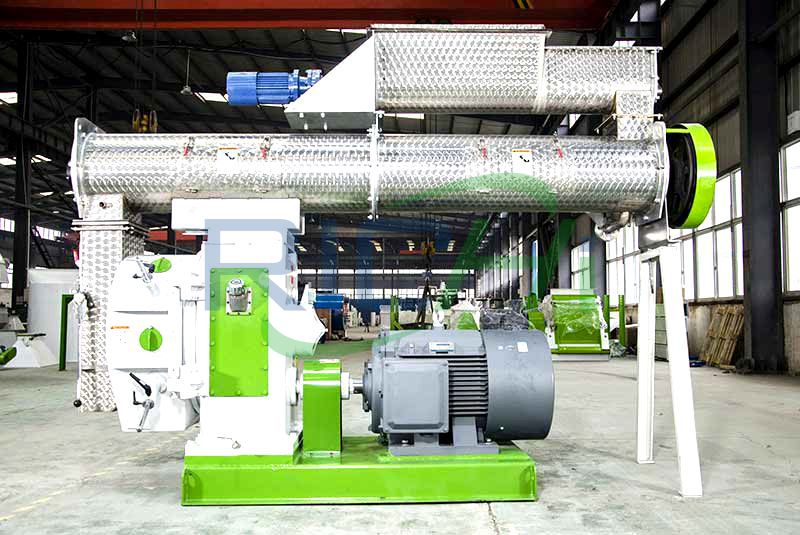
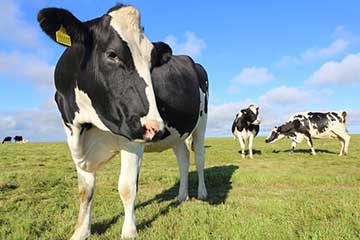
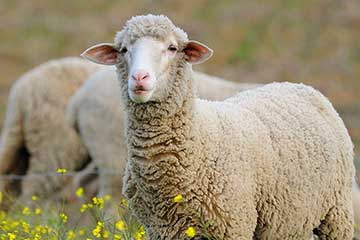
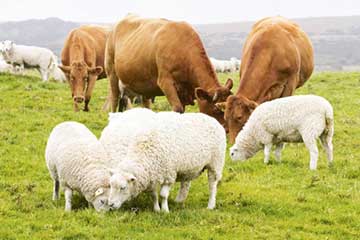
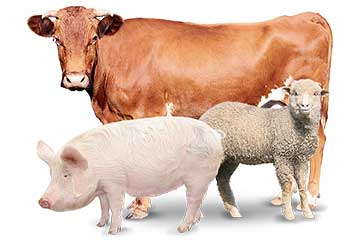
 Product Center
Product Center Get Latest Price
Get Latest Price